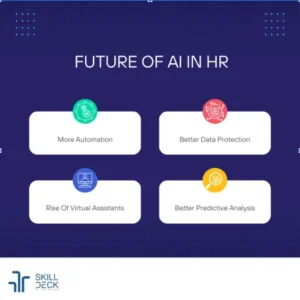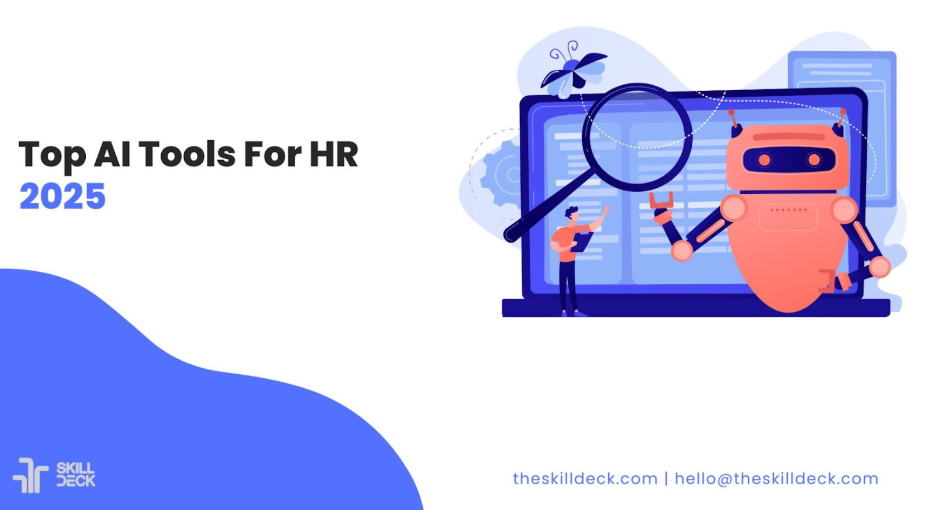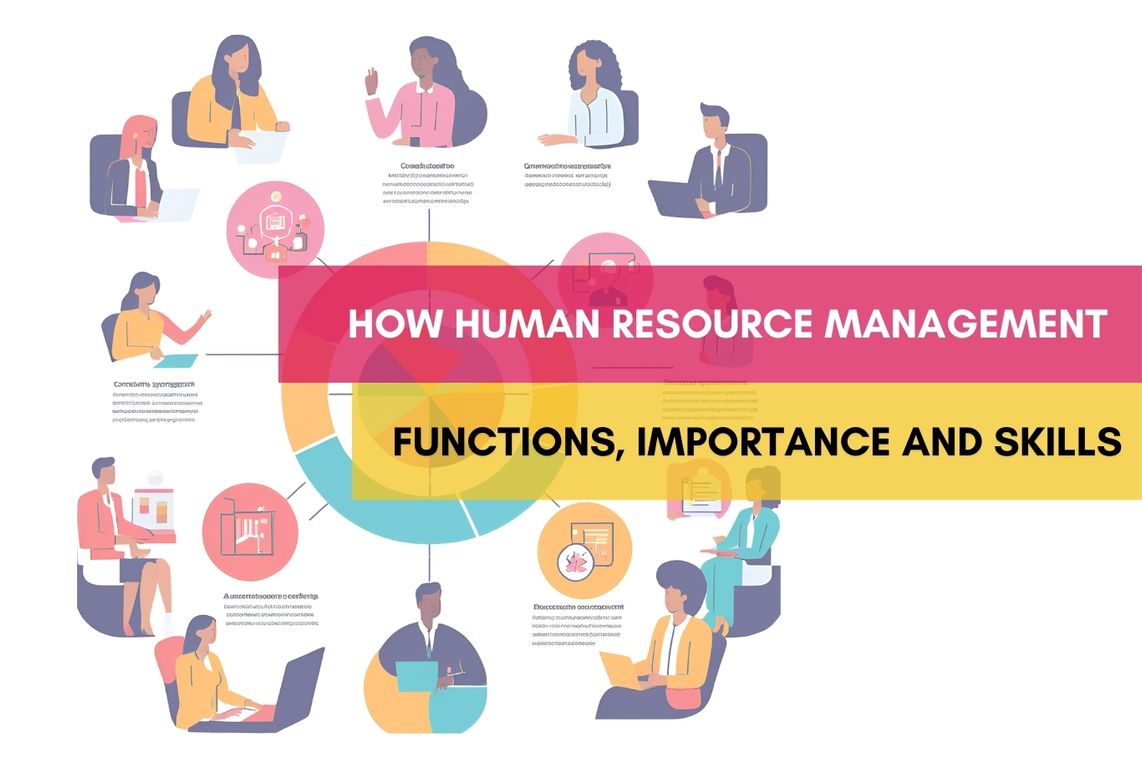The use of technology has always been a deciding factor to a company’s efficiency and prosperity; the growing use of AI tools in HR is one such example. The availability of AI chatbots for communication, Machine learning for data analysis, and automation for the systemization of repetitive functions, can cut time from weeks to days.
This is why HR professionals’ attitude towards using AI tools in Human Resource Management has been largely positive.
HR management is not only about recruiting employees. HR executives have a lot on their plate every day, from answering phone calls, emails, and messages to responding to employee queries and filling out important paperwork. They are constantly under the pressure of generating more returns with limited resources.
HR AI tools take a massive chunk of the burden away from HR professionals. Besides streamlining traditional human resource activities, HR specialists can use AI tools to
- Predict future workforce needs with real-time data.
- Boost employee morale and attrition rate with ideal rewards.
- Create a diverse workforce that encourages equal growth opportunities
- Find skill gaps
- Plan training and succession programs for deserving employees
The sky’s the limit when you successfully implement AI tools in human resource management.
If you are a human resource professional who needs ideal AI tools to scale your HR operations, then you have come to the right place.
In the article, we have the list of best AI tools for HR.
Each tool has a unique place in the grand human resource management hierarchy.
What Are AI Tools In HR?
AI tools in HR, are computer programs that Leverage machine learning, natural language processing, generative AI and automation, to support human intelligence in human Resource Management. They are extremely effective in automating HR operations, generating data and assisting in decision making.
The goal of using AI tools in HR has never been about replacing HR professionals, but rather achieving a unique man and technology harmony that gives more precise outcomes from HR activities.
For instance, AI tools can crunch large volumes of data and use predictive analysis to find the right candidates for the job profile. Meanwhile, HR executives can balance the scales with critical thinking and empathy to make the final recruitment call.
Many AI tools have been pumped into the industry, each with capabilities that rivals the next. However, only a few have earned the reputation as the “Best” because of their remarkable ability to perform their intended HR functions.
Best AI Tools For HR Professionals
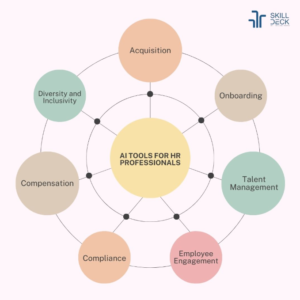
1. AI Tools For HR Acquisition
Ceipal
Ceipal is an AI-powered recruitment and talent acquisition software that simplifies employee identification, screening, and interviews. You can have access to vast talents for vacant job roles by posting openings on more than twenty-five job portals.
Ceipal’s AI chatbots screen thousands of resumes, filter candidates with industry and job-specific questions and rank them based on compatibility. Only the best candidates walk through your front door for final evaluation. Furthermore, the AI-powered software automates messages, calls, texts, emails, etc, to prevent communication loss between the company and potential employees.
TheTalentPool
TheTalentPool AI-powered recruitment platform accurately connects the right candidates to your company. The software screens multiple resumes within seconds and prepares a list of promising candidates with 100% compatibility with the job description. Its AI virtual recruitment assistant, Maya, handles employee identification, communication, and management on multiple channels.
Moreover, Talentpool handles your recruitment needs across different time zones. The AI-powered software is especially famous for its unbiased talent acquisition capabilities. It learns from real-time data sets to provide in-depth reports on employee capability, skill gaps, qualifications, work ethics, adaptability, etc.
2. AI Tools For HR Onboarding
Leena.ai
Leena is an onboarding platform powered by generative AI. The software automates pre and post-boarding processes, by providing an engaging employee experience. It shields new candidates from getting enticed by competition offers, which significantly reduces the onboarding dropoff rate.
Leena.ai sets itself apart with its remote onboarding capabilities which allows HR executives to plan personalized onboarding experiences for their remote hires. The platform can provide quick query responses, engage in interactive communication, perform orientations, etc, 24×7. Moreover, Leena AI gathers employee feedback, calculates onboarding and training costs, and forecasts returns, to prepare employees for a positive future at the company.
ProductFruits
AI-powered onboarding platform, ProductFruits uses company data from different sources for personalized employee onboarding experiences. The tool perfectly integrates with other third-party applications and tools used by the company.
ProductFruits helps employees understand your services from the first day. Furthermore, ProductFruits can be customized for different individuals. For instance, freelancers and guests will receive different content, interviews, walkthroughs, etc compared to full-time employees. The AI onboarding tool also monitors communication to ensure announcements reach the right people.
3. AI Tools For HR Talent Management
Teramind
You can train the AI talent management software to analyze individual employees based on their job profiles and responsibilities. Teramind can perfectly balance employee activities with output, to give a comprehensive understanding of their contributions. This tool also integrates with third-party applications and web resources to monitor employee behavior and activities.
Furthermore, Teramind’s user-friendly interface allows you to see more relevant information and filter irrelevant data. This will help you understand workers’ hidden potential and assign them to new departments where their skills can be better utilized.
EightFold.ai
Eightfold.ai gives you complete oversight of each employee’s current progress and readiness for new challenges. The AI resource creates a growth-centric ecosystem where rising talent has visibility to new projects, gigs, events, and opportunities.
EightFold.ai also tracks vacant positions, unbiasedly evaluates the skills of internal talents, and quickly moves them up the chain of command for new responsibilities. You can customize the AI-powered software to train employees for new roles.
4. AI Tools For Employee Engagement
Empuls.io
empulse.io comes packed with many features that any HR professional would love to have. For starters, the AI tool supports more than twenty languages, with easy translation capability. It can also be integrated with everyday work technology like Azure AD, Google Workspaces, and Slack. All this eliminates language and distance barriers and makes communication easy.
Furthermore, Empuls.io complies with global regulations. It provides insights on employee motivation, performance, work-life balance, happiness, career motivation, etc which HR managers use to communicate with them.
Enpuls.io is also a portal for employees to submit their queries and get immediate responses from the other side anonymously.
Workleap
Workleap is your answer to employee engagement challenges from hybrid or remote work models. The AI tool ensures employees from different parts of the world feel included in company communication. By using Workleap Employers can appreciate employees for their work, raise talents for higher responsibilities, and collect feedback through surveys.
Furthermore, The AI tool seamlessly integrates into existing HR technology. The natural language processing model collects vital employee performance data for decision-making. You can use the insights to promote collaboration between remote teams and boost productivity by prioritizing important tasks and conducting training.
5. AI Tools For HR Compliance
BrightMine
BrightMine, formerly XpertHR, is the best AI tool for automating end-to-end employee and business compliance responsibilities. Plus, it comes with pre-installed resources to help you navigate complex local, National, and International legislation applicable to your company.
BrightMine sends you timely alerts every time a new law needs your attention. This significantly reduces the risk of non-compliance and legal penalties. Additionally, BrightMine has AI Assist, a GenAI-powered chat solution that streamlines navigation by quickly accessing over 23,000 HR resources, enhancing efficiency and confidence in decision-making.
Compliance.ai
Compliance.ai is another HR compliance tool, popular amongst HR personnel for its monitoring features. The software tracks the legal landscape of your jurisdiction for new legislation, maps the updates to your company’s internal policies and processes, and provides detailed reports for decision-making. The tools assign important compliance tasks with alerts to help you avoid legal penalties.
Compliance.ai’s user-friendly dashboard, integrates finance, risk management, HR, marketing, and other teams. This allows multiple departments to corroborate their activities as per regulatory demands.
Compliance.ai also has an expert-in-the-loop (EITL) machine learning model that produces insights to refine your compliance for business growth.
6. AI Tools For Compensation Management
PayScale
PayScale is amongst the top AI tools for compensation and benefit management. It comes with a comprehensive suite of services that helps companies maintain and scale their payroll strategies.
PayScale monitors market trends for real-time salary data, which helps you maintain a competitive pay structure after accounting for company budget, employee performance, inflation, and changing industry conditions.
Furthermore, PayScale is equipped to handle administrative tasks, so you always have the right data. The tool’s unique collaborative feature allows managers to share salary and budget data across different teams, discuss recommended raises, and get instant approvals.
Gusto
Next is Gusto, a complete package HR AI tool for managing employee payroll and benefits. Besides automatically filing your taxes to the right government agencies, this software identifies areas where you can save money. Furthermore, It completely syncs with other office resources and presents detailed reports on employee payroll, wages, holidays, lunch breaks, paid time off, etc, with timely alerts.
Gusto completely supports team setups In over 120 countries, with easy hiring, monitoring, and salary features. You can monitor team performance and pay them in their preferred currency. It also handles tax filing, to prevent any legal compliance risks.
Other advantages of using Gusto include paperless paydays, inbuilt tools like the Gusto wallet, and unfiltered paystub access anytime.
7. AI Tools For Diversity and Inclusivity
Diversio
When you want to build a diverse workforce, there is no AI Tool better than Diversio. The platform understands your DEI initiatives and helps you target different employee demographics with customized questions and insights.
Like other popular AI tools for human resource management, Diversio integrates into your company’s digital architecture for more efficiency and productivity. The platform analyzes data from multiple sources and protects it from external threats by storing them on secure servers.
As a tool designed for a diverse workforce, diversio helps you make fair and unbiased employee assessments, give them equal opportunities, conduct personalized training, and make their voices heard.
Textio
Textio is an AI-powered tool that helps companies recruit a diverse workforce with personalized job postings, relevant to the brand identity and candidate’s culture. The platform bias detection feature pinpoints unconscious social bias in company communication and sends immediate alerts to remedy them with inclusive language. Textio also streamlines interviews, document filing, and orientation to make employees feel comfortable in their designated roles.
Moreover, Textio brings the best industry insights to assist in the company’s DEI recruitment, appraisal, and retention efforts. Timely feedback on team performance allows managers to design growth-oriented training programs.
Criteria For Evaluating AI Tools For HR

Now did you know about the AI tools for HR and their functionalities, which one does your company need?
Here, we will list key criteria that will help you pick the best AI tools for your human resource management needs.
Goal Alignment
Before you decide to splurge on a fancy AI tool for human resource management, it will be best to take a moment to understand which part of your HR duties require AI assistance. Whether it is predictive analysis, recruitment, and interviews, compliance management, or employee engagement of all of them.
Depending on your answer, you can pick HR AI tools, equipped to meet your expectations.
Data Quality
By data quality, we mean credible information that you can use to perform your HR functions in real-time.
- connecting candidates’ resumes to job requirements
- preparing job-related questions for the interview
- assessing real-time workers’ performance
- Identifying relevant staff for new roles
- Presenting workforce Analytics i.e. total employees, diversity hires, attrition rate, productivity, skill gap, etc.
Clear Dashboard
Your preferred AI tool should come with a user-friendly interface with a clear visual presentation of data. Members from different departments should be able to view the information they need easily.
Extent Of Human Involvement
AI tools should help human resource executives with their duties instead of replacing them with complete automation. Your AI tools should have features that integrate human opinions and actions. For example, HR professionals can train AI models to ask specific interview questions to vet potential candidates, while they make the final hiring decision.
Ethical Standards
Ensure your AI tools for HR follow fairness in critical tasks as per ethical standards, from unbiased hiring, equal compensations, and growth opportunities to the prevention of unauthorized data access, non-excessive surveillance, and clear reasoning behind employee performance analysis.
Technologies Used In AI Tools For HR
Generative AI
Generative AI has many mind-boggling applications in Human Resource Management. The ability to create compelling content that resonates with a targeted employee segment builds more personalized connections. For instance, GenAI produces detailed job descriptions for specific job roles.
That’s not all. Wholesome onboarding orientation, chatbot query resolution, detailed performance review reports, employee training simulations, workforce needs forecasts, etc are all made easy with generative AI.
Natural Language Processing
Natural Language Processing (NLP) in AI tools performs sentiment analysis, text summarization, text translation, stemming, entity evaluation, and semantic analysis, which is responsible for providing quick feedback and solving job-related queries.
Natural Language Processing (NLP) technology allows AI models to interpret languages, cultural nuances, tone, meaning, dialects, dialogues, etc behind employee communications. It is this technology that eliminates unconscious social bias in text and speech, thus preventing businesses from unknowingly hurting employee sentiments.
Deep Learning (Machine Learning)
An HR AI tool’s ability to process large volumes of data for employee attrition rate, employee readiness for new roles, rightful compensations, payroll structure, or skill gap prediction comes from deep learning technology. With deep learning, AI tools have the superhuman-like ability to detect minor fluctuations in employee expressions, speech patterns, and productivity.
Automation
As you would have guessed, the presence of automation features in HR AI tools gives AI tools the ability to automate many HR tasks like resume screening, interview scheduling, paperwork filing, employee engagement legislative compliance, and employee engagement. This feature comes packed with data Analytics capabilities for decision-making. This takes much of the manual work out of human resource management while reducing hours of guesswork.
Benefits Of Choosing The Right AI Tools For HR
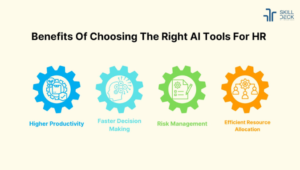
Higher Productivity
AI Tools in HR automate almost all repetitive, time-consuming HR tasks, like resume screening, document filing, data entry, and email. This allows HR professionals to direct their efforts to other important activities, like payroll processing, conflict resolution, employee upskilling and performance reviews.
Faster Decision Making
Before, HR professionals had to shift through years of historical data and compare them with real time market forces to develop strategies. But with AI doing this all at a fraction of the time, has made decision making much faster and accurate for business stakeholders.
Risk Management
AI tools for HR do not take breaks EVER!. The technology keeps its watchful sights set on any legal changes to tax, data protection, financial, intellectual property, contract or labour laws and sends immediate alerts to request your actions. By complying to the latest regulations, you save your company from potential penalties.
Efficient Resource Allocation
AI tools for human resource management identifies immediate project demands and ensures it gets completed within the deadline by reassigning employees (with necessary skills), budget and in-house tech resources to the project.
Are There Any Risks/Challenges Of Using AI Tools For HRM?
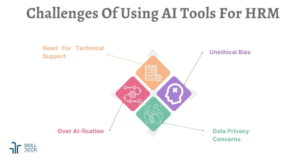
Unethical Bias
AI models are only reliable as the data used to train them and information that is fed into the machine learning algorithm can contain unfair bias towards certain people’s demography which reflect the AI tool’s decision making.
You can prevent this by using updated data sets to train the AI model, performing regular audits and ensuring more human involvement in data interpretation and decision making.
Data Privacy Concerns
AI powered HR tools process new employee information, from their work progress and financial compensations to bank details, tax records, physical and mental well-being and more. This data is constantly under threat from hackers, who can misuse the data for personal gains. This violates employee privacy and puts their identity under threat.
Over AI-fication
Companies may get too comfortable with AI automation and completely ignore the “human” part of Human Resource Management. Opinions from a human resource expert is always necessary during important decisions regarding hiring, promotions, conflict resolution, legislative compliance, inter-department communication etc.
Need For Technical Support
Installing and using AI power HR tools requires Technical know-how, which does not fall within the knowledge realm of traditional HR executives. Absence of necessary skills, can prevent the company from take necessary precautionary measures, during sudden system crashes or data losses.
Conclusion
Technology advancement is sweeping through every industry and human resource is not far behind. The industry is witnessing a gradual increase in AI tools usage because of their unlimited application in systemizing and scaling crucial HR Management, with more precision and effectiveness.
AI tools for human resource management come with machine learning, natural language processing, generative AI and automation technologies. The benefits from these range from creating relatable employee connections, accurate workforce needs prediction and upskilling internal talents to higher employee retention rate.
However, successful integration requires balancing technology with human empathy, ensuring ethical practices, and continuous learning to adapt to evolving AI capabilities.
Embracing AI in HR is not just a technological upgrade—it is a strategic move toward a more efficient, data-informed, and people-centric future.
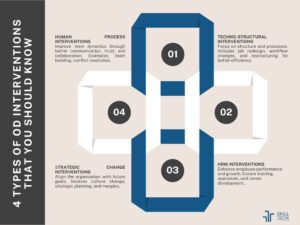
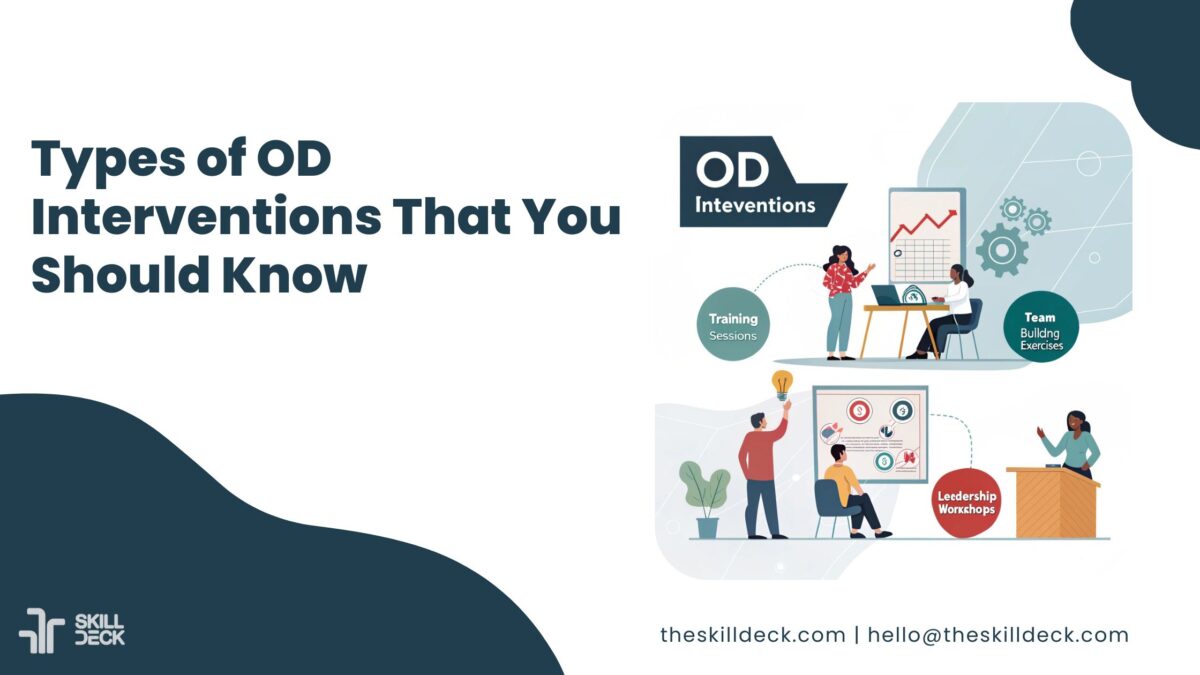

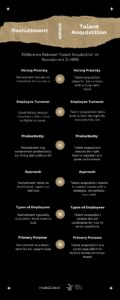
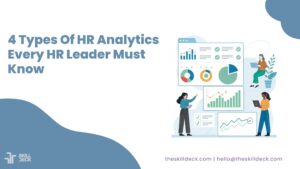
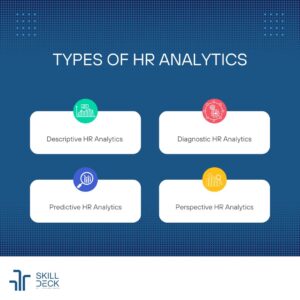
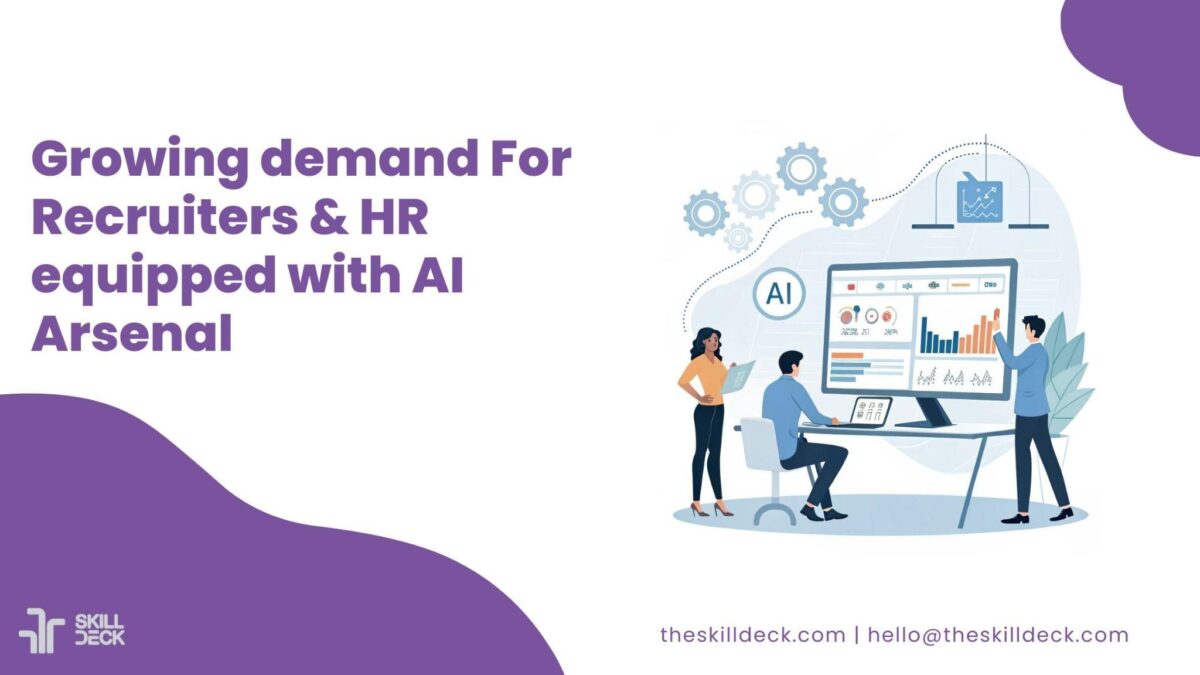





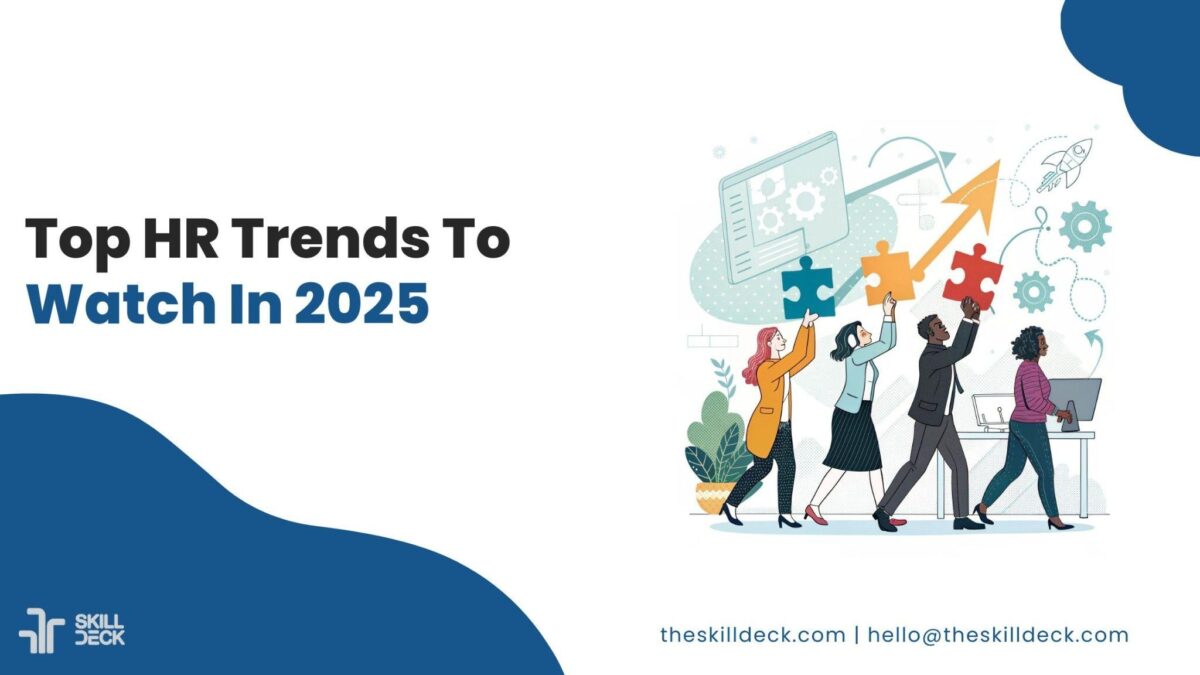


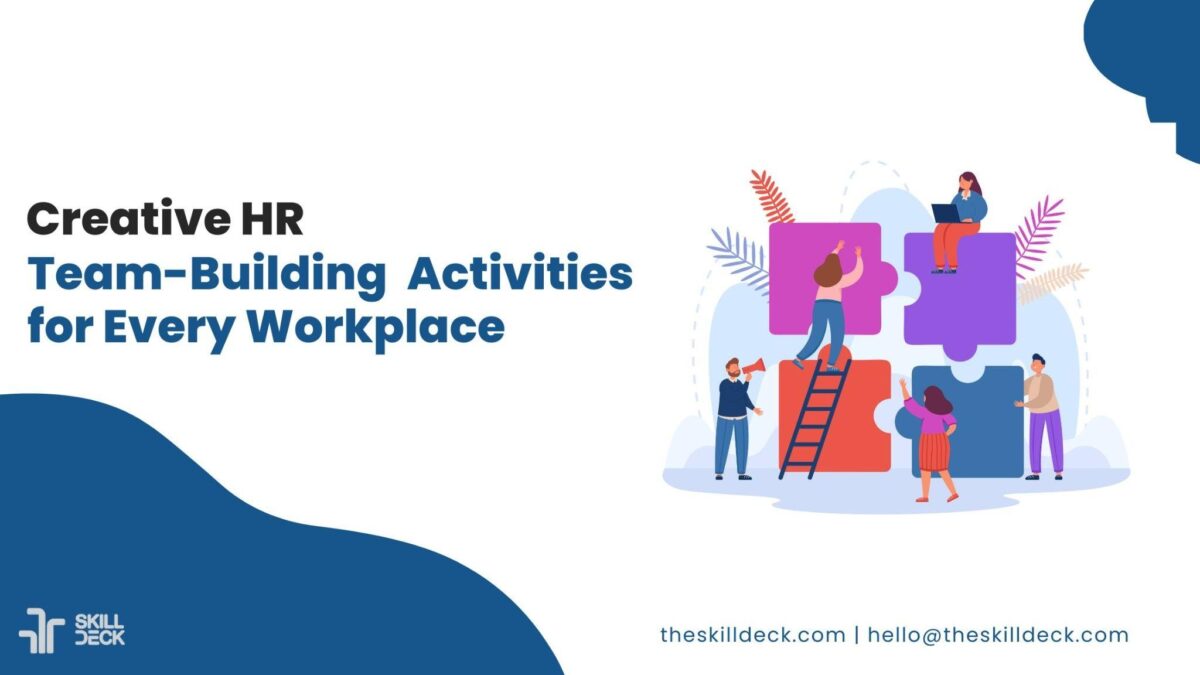




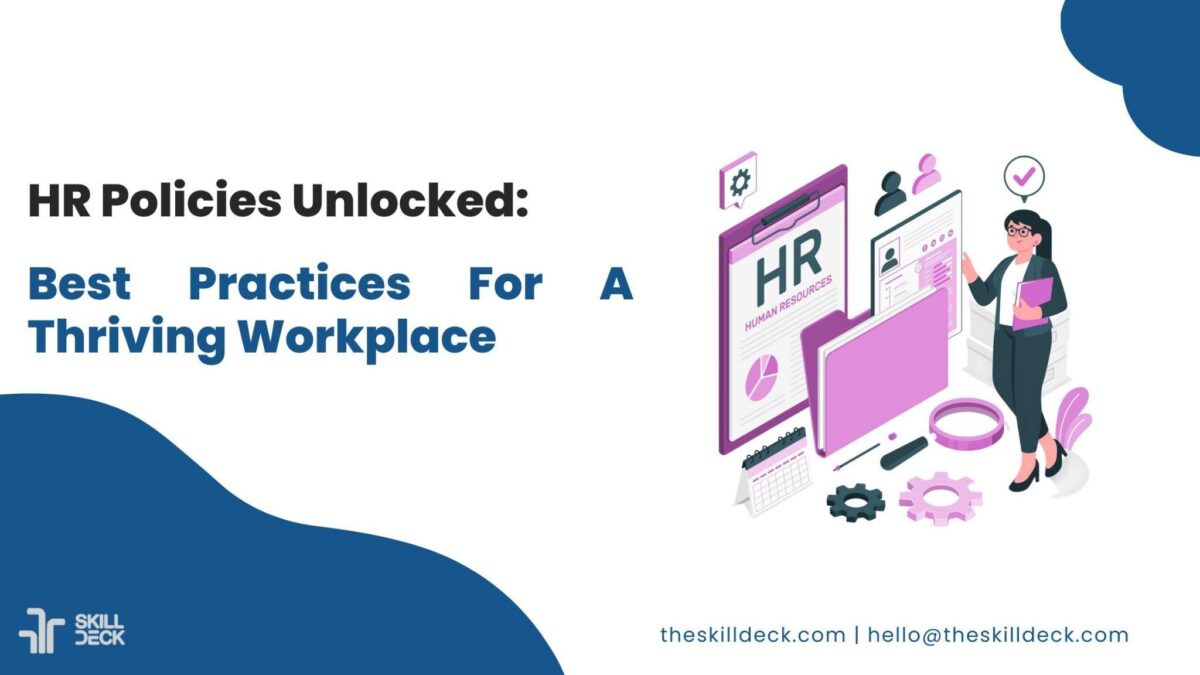




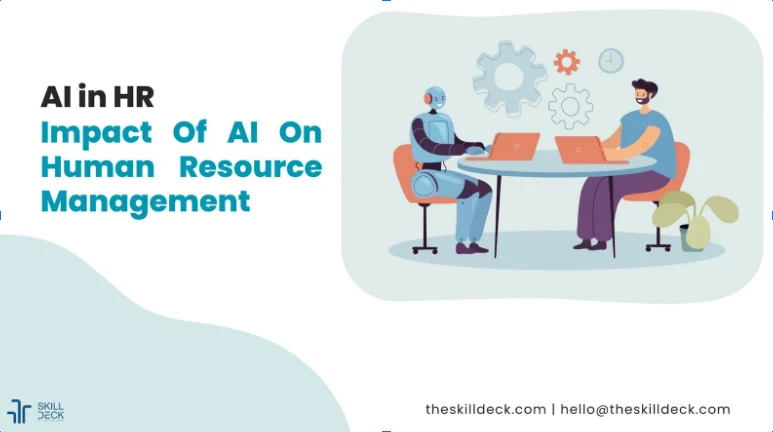

 Brings Better Structure To HR Activities
Brings Better Structure To HR Activities
